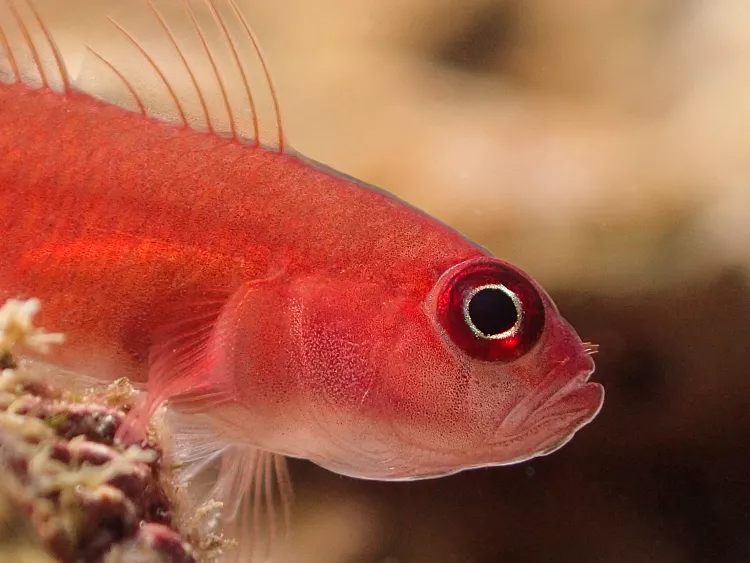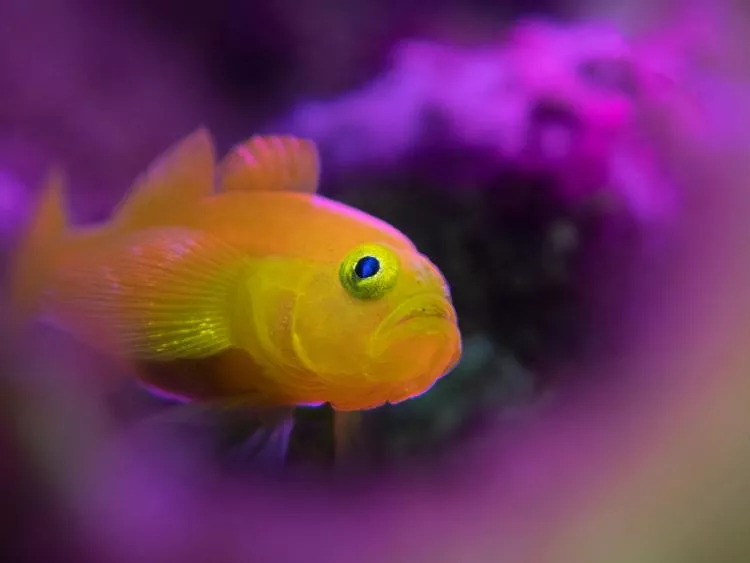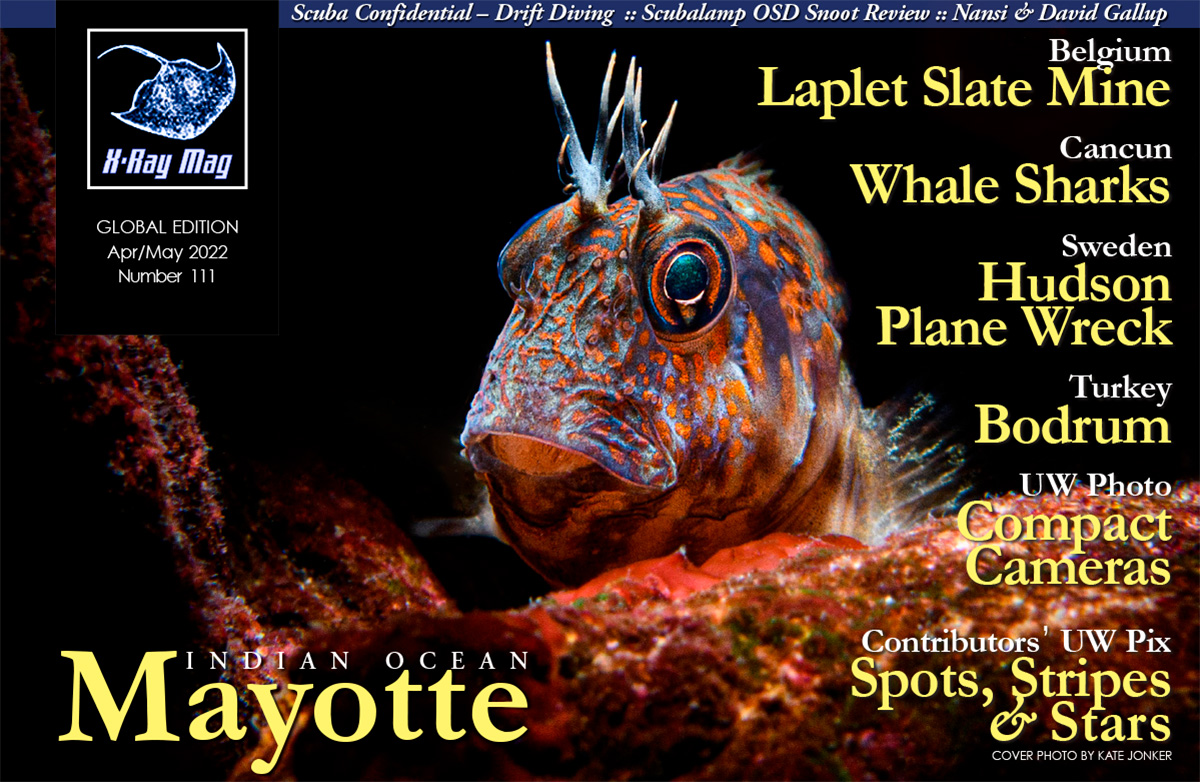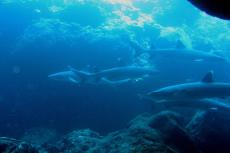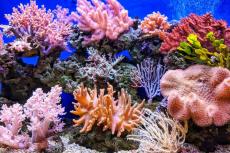Even though compact cameras have been used in underwater photography for decades, familiarity with the compact camera today is still limited to a mere handful who have really exhausted its buttons, modes, scenes and capabilities.
Contributed by
I figure this is mainly due to the compact camera being “the first foray into underwater photography” for most people. Commonly, once these folks are convinced that they like the game, the upgrade to DSLR and other more complex camera systems happens very quickly, leaving many compact cameras merely serving a short service span.
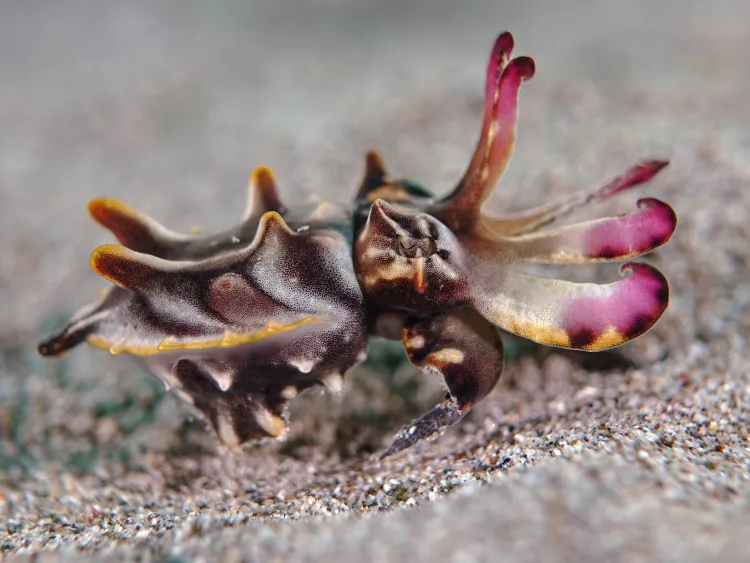
Talking to a professional underwater photographer, especially one who has spent very limited hands-on time with a compact camera, is likely to create more frustration and failed results due to the differences in the limiting factors and user techniques between DSLR and compact cameras.
The common response from professional image-makers to these failures is: “It’s just a compact camera! You should upgrade if you want to go further.” After upgrading, this would be the same message the former compact-camera shooter tells the next compact-camera user who asks about it.
Let’s set a few points straight.
Shutter speed & black backgrounds
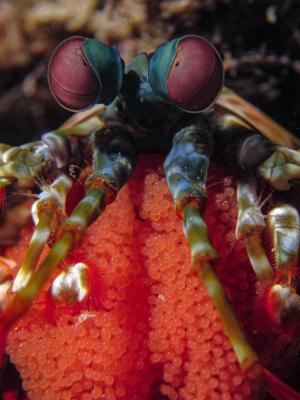
A common mistake I encounter when teaching compact-camera users involves the shutter speed that they have read about, been told to use, or have learnt about on YouTube.
These shutter-speed settings are basically what the pros use. The problem is the pros give their advice based on the interchangeable-lens cameras which the professionals use, and not compact cameras, which function differently.
A DSLR or mirrorless camera system is limited by the “flash-sync speed;” hence, it is the fastest possible speed (depending on make and model) that is normally chosen for black backgrounds, while the aperture value is what is tuned to achieve black.
Often, a value like 1/200s or 1/250s is matched with a bigger f-stop value to achieve black backgrounds. But this is not the case with a compact camera because the f-stop values do not normally push to higher numbers.
Telling compact-camera users to use a 1/250s value, when their cameras can only push to f/8, will not yield them a black background at 12 noon, on a sunny day, at five meters.
While interchangeable-lens camera users are limited to its flash-sync value, 99 percent of today’s compact cameras allow the flash to sync even at speeds of 1/2000s or 1/4000s.
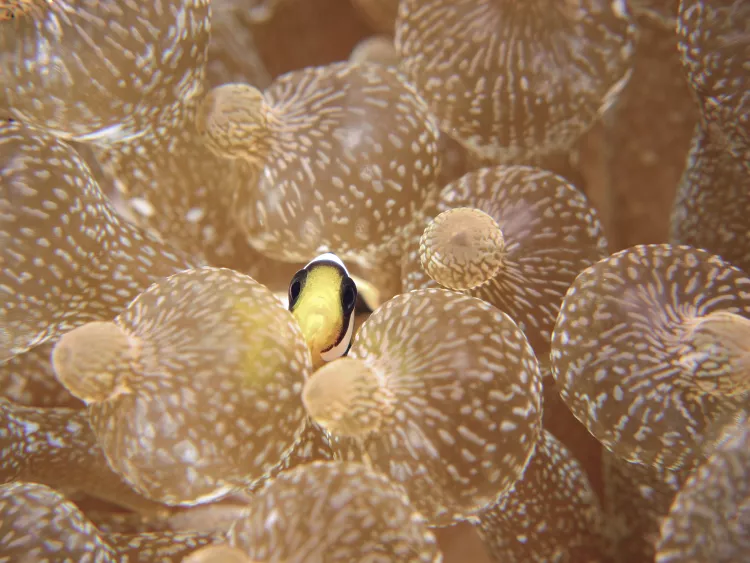
Considering this, a likely speed setting for a compact camera shooting black backgrounds with a flash or strobe would be in the region of 1/1000s and above.
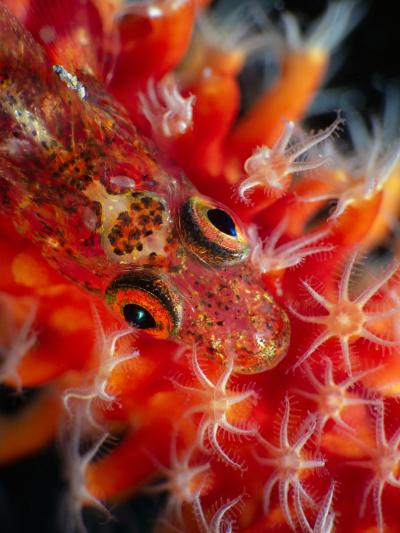
Personally, I have made 1/1600s my general starting point with f/8 and an ISO of 100. This is my starting point for macro photography with dark backgrounds when using a strobe.
Macro diopter (wet lens)
With the Olympus TG series leading the “entry-level photographer category” today, another mistake that needs to be corrected is the “advice” to all compact-camera users that they need to buy a macro diopter to enable them to take macro photos.
Indeed, it is true that with DSLR, mirrorless, or more advanced compact-camera systems, super-macro is almost unachievable without the help of a macro diopter. To capture most super-macro images with many compact cameras (except Olympus TG models), one must push the zoom to almost “fully zoomed” levels, adding a diopter to allow focusing within closer distances to the subject.
An example of this would be to fully zoom in with a Canon G7x or Sony RX100 camera, and then the focusing distance extends to almost a meter away from the subject. This is why in cameras without a macro diopter (wet lens), shooting super-macro would be almost impossible.
The purpose of using the wet lens is to allow you to come in closer to the subject, even while fully zoomed, to capture that super-small subject so it fills the frame. However, this is not the case with the Olympus TG series of compact cameras, which can achieve focus even when 5mm away from the subject while fully zoomed (utilizing the Microscope mode). Adding a diopter to the TG will actually force you to back up and is counterproductive.
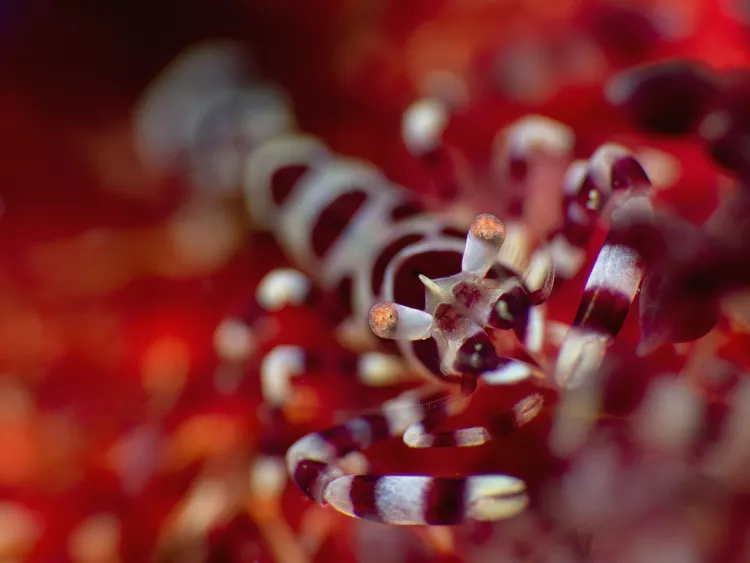
As each wet lens also has its own working distance, adding a wet lens not only minimizes the magnification but also subjects the user to working within the limitations of the specific wet lens chosen.
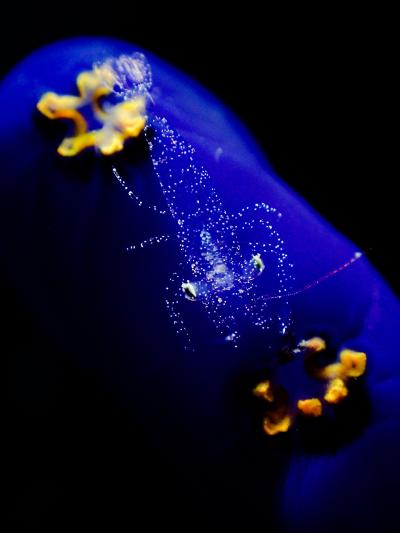
If you are going to buy ONE wet lens for your TG, make it the wide-angle lens. That is the only wet lens needed to allow your TG to shoot super-macro to wide-angle photos.
Note: The TG has a default 25mm-wide range, leading the user to buy a wide-angle lens for 24mm or 25mm equivalence. If you buy a wide-angle lens for a 28mm equivalent, you will have to zoom in to avoid the vignetting (black areas around the edges of your photos).
Advantages of compact cameras
While sensor size is the driving factor in why a photographer would move into an interchangeable-lens camera system, the compact camera also has its advantages by allowing the user to shoot both macro and wide-angle on the same dive. It is also easier to pack and travel with. Most importantly, it is within a budget range that most people who are passionate about underwater photography can manage.
Aside from the main factor of sensor size in DSLR cameras, which allows for better ISO noise handling, better dynamic range and the ability to actually print billboard-size images, the capability of shooting a photo that is just as beautiful and just as creative with a compact camera lies in the hands and eyes of the user.
However, it is important to note that although the rules of photography are the same in theory, there are differences in the practical application of them. Compact and DSLR cameras can deliver the same results but using different settings and working around the unique limitations of each camera type has method and is an art in itself.
